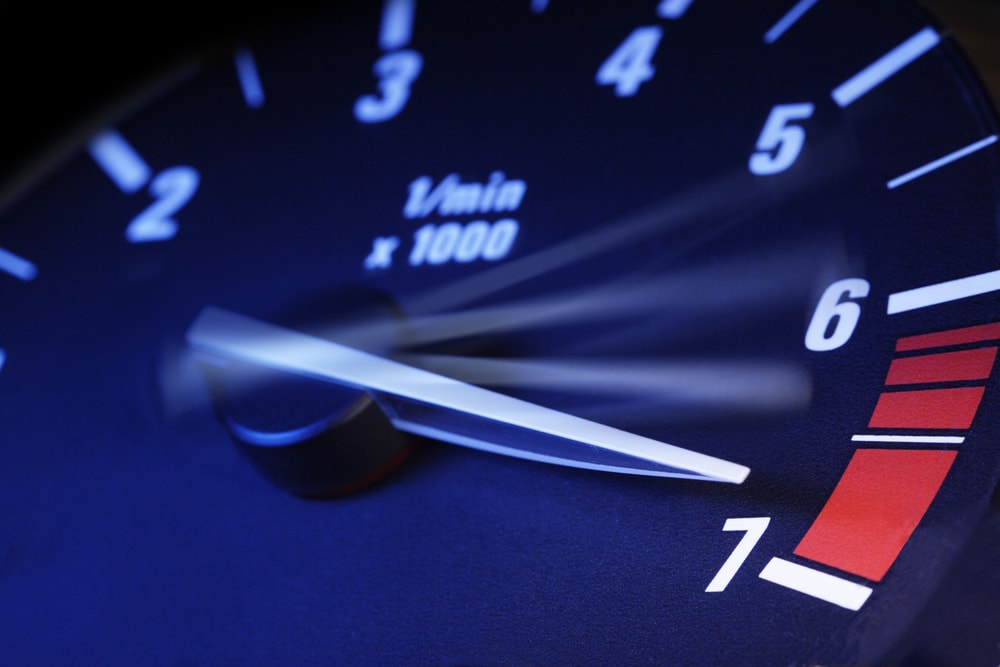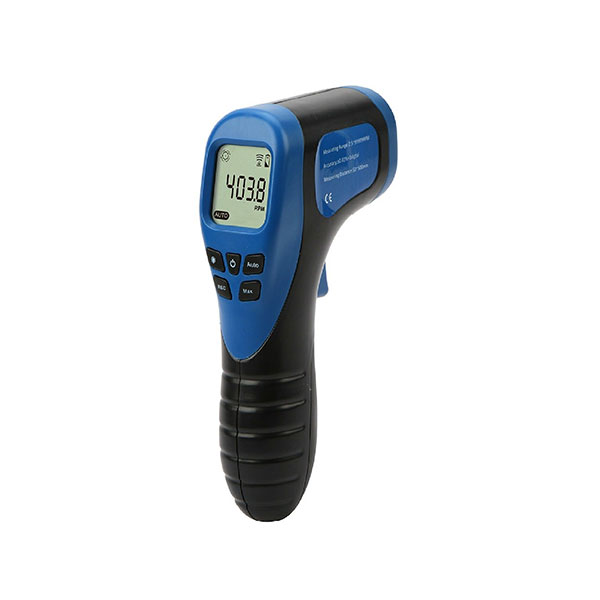Comprehensive Overview to Understanding and Using a Tachometer Efficiently
Comprehensive Overview to Understanding and Using a Tachometer Efficiently
Blog Article
The Importance of a Tachometer in Keeping Track Of Engine Speed and Performance in Automotive Applications
In the world of auto engineering, the tachometer stands as a critical instrument in the motorist's collection, providing a direct window into the inner functions of an automobile's engine. Past its feature as a plain scale of changes per min (RPM), the tachometer offers as a crucial tool for enthusiasts and professionals alike, offering real-time insights right into engine efficiency and health and wellness.
Importance of Keeping Track Of Engine RPM
Keeping track of engine RPM, or changes per min, is a critical aspect of automotive upkeep and efficiency analysis. Engine RPM straight associates with the speed at which the engine's crankshaft turns, indicating how quickly the engine is running - tachometer. By monitoring RPM, technicians can analyze the wellness of the engine, find prospective problems, and fine-tune performance. An abnormal RPM analysis might indicate problems such as engine misfires, faulty trigger plugs, or problems with the fuel distribution system. Continually high RPM analyses could show hostile driving habits or the demand for a greater gear change to enhance fuel performance.
Furthermore, checking engine RPM is important for efficiency evaluation in racing and high-performance automobiles. In summary, keeping an eye on engine RPM is not just vital for finding concerns but likewise for maximizing engine performance in different vehicle applications.

Benefits of Real-Time Information
In auto applications, real-time information plays a crucial function in giving instant insights into the performance and problem of the car. By continually checking different specifications such as engine speed, temperature, gas usage, and extra, real-time data offers various benefits that contribute to enhanced efficiency and security when driving.
One substantial benefit of real-time data is its capability to alert chauffeurs and specialists to any type of abnormalities or issues immediately. This proactive approach enables quick identification of potential problems, permitting prompt interventions to avoid further damages or malfunctions. In addition, real-time data promotes efficiency optimization by providing prompt comments on driving routines and engine efficiency. Motorists can adjust their behavior in real-time based upon this info to achieve much better fuel economy and lengthen the life expectancy of their vehicle.

Moreover, real-time information plays a vital function in modern automobile diagnostics, enabling service technicians to quickly identify and resolve breakdowns. This leads to minimized downtime, reduced maintenance expenses, and inevitably, improved general vehicle integrity and longevity (tachometer). By taking advantage of the power of real-time information, automotive stakeholders can make educated choices that favorably impact both the performance and long life of the lorry
Effect On Gear Shifts
Efficient gear changes in auto applications significantly affect Full Article total efficiency and driving experience. The tachometer plays an essential function in enhancing equipment changes by giving real-time engine speed information to the vehicle driver. When coming close to the redline on the tachometer, it signals the driver to upshift to avoid over-revving the engine and triggering prospective damage. On the other hand, downshifting at the right minute can assist preserve the engine in its power band, making sure receptive velocity when needed.
In addition, the tachometer help in attaining smoother equipment shifts, especially in manual transmissions. By monitoring engine rate, vehicle drivers can implement equipment shifts at the optimal RPM array, minimizing jerking motions and minimizing endure the transmission elements. This precision on duty adjustments not only enhances driving convenience however also adds to fuel efficiency.
Enhancing Gas Effectiveness
Given the critical duty the tachometer plays in enhancing equipment changes for performance and engine wellness, it directly adds to making the most of gas effectiveness in automobile applications. By giving real-time navigate here comments on engine speed, the tachometer aids motorists in maintaining one of the most efficient RPM array for fuel economy. When vehicle drivers constantly monitor the tachometer and readjust their driving habits as necessary, they can avoid unneeded gas usage brought on by over-revving or carrying the engine.
Additionally, the tachometer aids motorists recognize the most fuel-efficient equipment to be in at any given moment, avoiding the engine from functioning more challenging than needed. In verdict, the tachometer offers as a beneficial device in boosting fuel efficiency by promoting optimal driving practices and determining locations for enhancement in the car's performance.

Maximizing Engine Long Life
The tachometer's function in monitoring engine rate and performance is critical in ensuring the long life of automobile engines. Checking the tachometer allows motorists to stay within the suggested RPM array for their car, preventing unnecessary pressure on the engine and extending its life-span.

Final Thought
To conclude, the tachometer plays a critical function in Get the facts monitoring engine speed and efficiency in vehicle applications. By providing real-time data on RPM, it allows for effective equipment shifts, boosted fuel performance, and taken full advantage of engine longevity. This tool is essential for preserving optimum engine performance and making sure the overall performance of a vehicle.
Report this page